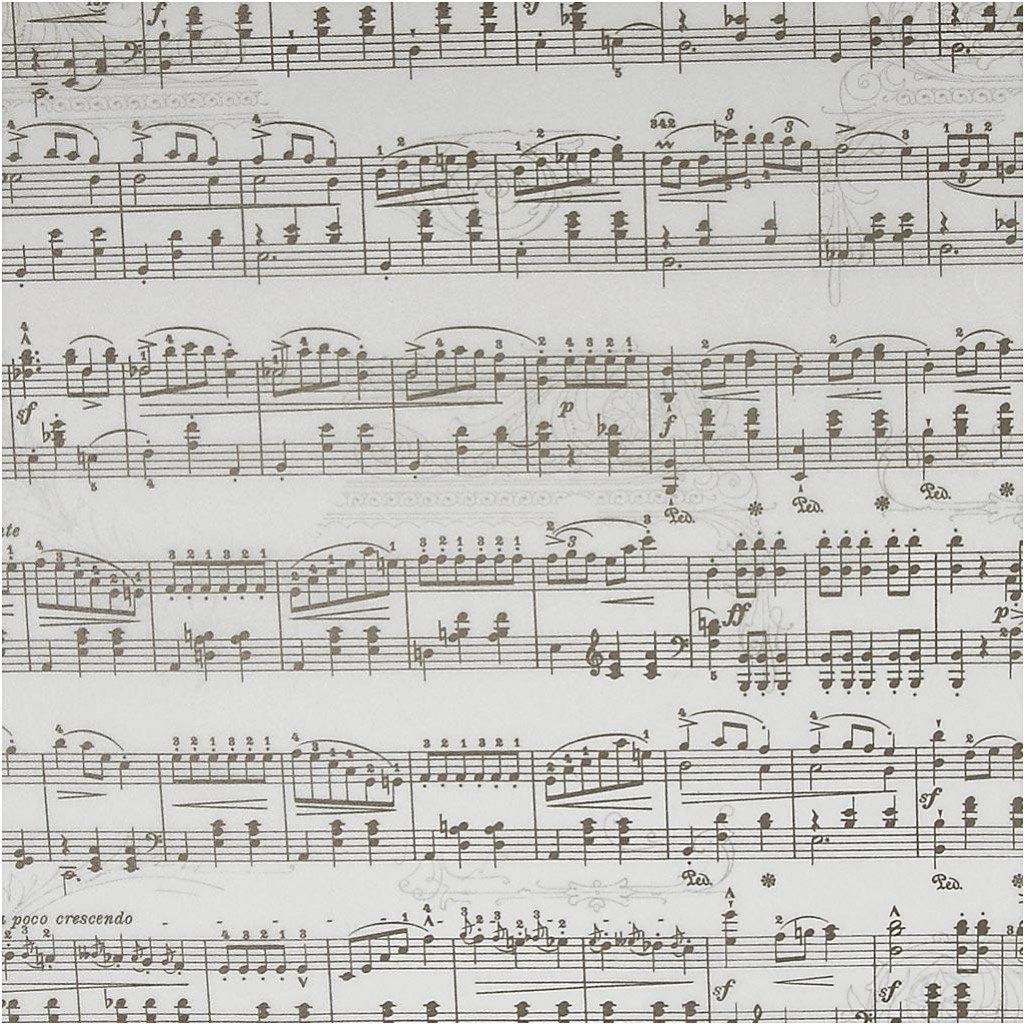The 12-Step Program many of you know as AA or Alcoholics Anonymous was a main component of the therapy options at Timberline. Each resident was required to go to two meetings a week. These were always in the evenings and often off campus at a church or community center.
AA was started in 1935. At that time, anyone with an addiction to alcohol or other substances was set to a hospital to “dry out”, especially during the prohibition period of the 1920s. Bill Wilson was a business man on Wall Street whose career was cut short due to his alcoholism. After several hospital stays he sought help from the Oxford Group, attending their meetings, and participating in their accountability. After a spiritual awakening, he attended regularly. Many in this Oxford Group had Christian principles and leaned on them as an answer to their substance abuse problem.
On a business trip, Bill met Dr. Bob Smith. As long as Dr. Bob stayed busy enough in medical school and in his medical practice, he was able to manage his addiction. Eventually, he wasn’t able to overcome it just by sheer will. The two of them decided there had to be more to the necessity of Christian principles in fighting addiction. They cofounded Alcoholics Anonymous in 1935, concentrating only on alcoholism as opposed to all substance abuse as the Oxford Group did.
In 1939, they wrote the AA manual called The Big Book; The Big Book is still used today at AA meetings. It outlined the 12-Steps, gave examples of how to carry them out, and had discussion questions meeting leaders could use. We also used The Big Book at Timberline.

AA eventually spread worldwide, with many many chapters. Most major cities have quite a few meeting spots and one can attend different meetings until they find a comfortable group in which to participate.
Narcotics Anonymous started in 1953, following the same principles and adapting The Big Book to work for drug addiction. The program hinges on attending meetings for support and accountability. The 12-Steps include building spiritual health and putting positive aspects in place so as to not leave a vacuum once the addictive behavior is stopped. Many times a sponsor is assigned for extra personalized accountability, and most often these sponsors are people who have gone through the program themselves.
Over time, there has been some push back to the inclusion of Christian principles as part of the AA program, and some places have adapted The Big Book to use “higher power” or “God as you understand him” instead of just referencing God Himself. Some have even wondered in AA is a cult because of the strong spiritual aspect. AA in itself is nondenominational and teaches spirituality as believing in God and his ability to help us overcome. Because they are nondenominal and open to all, the meeting leaders strive to avoid religion and politics. Celebrate Recovery is a deeply Christian 12-Step program, and I’ll write about that in it’s own post.
AA has been very successful as evidenced by it’s worldwide spread and long time use. Sometimes, if there is also mental illness present, AA is combined with other therapies. This was why it was a main component at Timberline, but not the focus of treatment.
It’s amazing how we as people latch onto something and run with it. Since NA started in 1953, many other groups focusing on other specific problems have formed. Here is a partial list that I found…

- AA – Alcohol
- ACA – Adult Children of Alcoholics
- Al-Anon – Friends and family of alcoholics
- CA – Cocaine
- CLA – Clutterers
- CMA – Crystal Meth
- CoDA – Co-dependents
- DA – Debtors
- EA – Emotions
- FAA – Food Addicts
- GA – Gamblers
- HA – Heroin
- MA – Marijuana
- NA – Narcotics
- N/A – Neurotics
- NicA – Nicotine
- OA – Overeaters
- PA – Pills
- SAA – Sex Addicts
- WA – Workaholics

When I was at TK, I went to EA – Emotions Anonymous and CoDA – Codependents Anonymous for the first couple of weeks. Then I started attending Celebrate Recovery, once I had privileges to move about campus. At the end of each Anonymous meeting we recited both of these…

